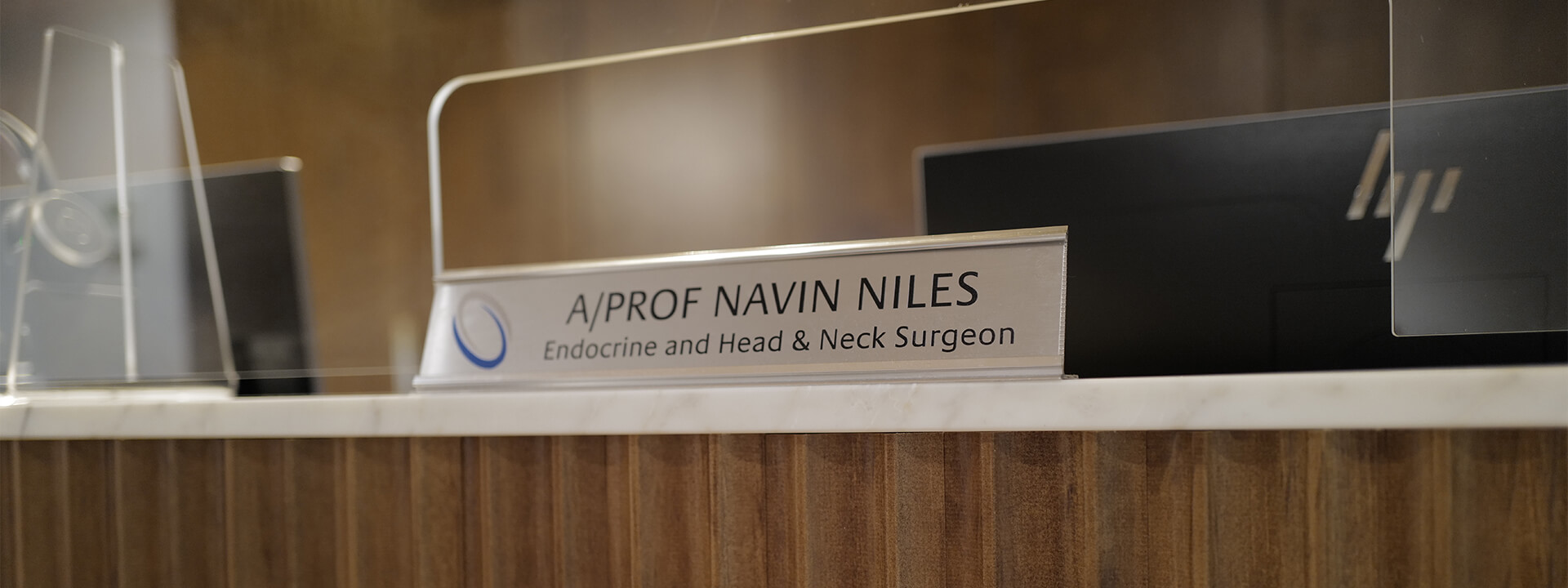The Role of I-131 Ablation in Thyroid Cancer
Radioactive iodine (I-131) therapy has been a cornerstone of differentiated thyroid cancer management for over half a century. Used judiciously, it offers a unique way to target residual thyroid tissue and microscopic cancer deposits while sparing the rest of the body. But its role continues to evolve — guided by new evidence, refined risk stratification, and a deeper understanding of thyroid cancer biology.
A Brief Background
Thyroid cells are unique in their ability to actively absorb iodine, a property essential for producing thyroid hormones. Differentiated thyroid cancers — papillary and follicular subtypes — often retain this ability. By exploiting this, radioactive iodine (I-131) can selectively destroy residual thyroid tissue or malignant cells after thyroidectomy, providing a targeted therapy decades before the concept was widely known.
Goals of I-131 Ablation
The use of I-131 after total thyroidectomy serves three main purposes:
- Ablation of remnant tissue – To eliminate normal thyroid tissue left behind after surgery, improving thyroglobulin monitoring and whole-body scan sensitivity.
- Adjuvant therapy – To destroy microscopic disease that may remain in cervical lymph nodes or distant sites, reducing recurrence risk.
- Therapy for known disease – To treat residual, recurrent, or metastatic disease that is iodine-avid.
Patient Selection: Risk-Based Decision Making
The 2015 and 2025 American Thyroid Association (ATA) guidelines emphasize a risk-adapted approach. Not all patients benefit equally from I-131; many with low-risk cancers can be safely managed without it.
Low-Risk Patients:
- Tumours <4 cm, confined to the thyroid, no lymph node involvement or distant metastases. I-131 ablation is not routinely recommended; observation and thyroxine suppression suffice.
Intermediate-Risk Patients:
- Microscopic extrathyroidal extension or small-volume nodal metastases. I-131 ablation may be considered, especially if post-operative thyroglobulin levels are detectable or surgery was incomplete.
High-Risk Patients:
- Gross extrathyroidal extension, large or multiple nodal metastases, or distant metastases. I-131 ablation is strongly recommended to reduce recurrence and improve survival.
Preparation for I-131 Therapy
Successful ablation depends on TSH stimulation to maximise iodine uptake. This can be achieved by thyroid hormone withdrawal for 3–4 weeks, or by administering recombinant human TSH (rhTSH) injections. A low-iodine diet is typically prescribed for 1–2 weeks before treatment to enhance uptake.
Dosage and Administration
The administered dose varies depending on intent. Low doses are often sufficient for remnant ablation, whereas higher doses are used for known metastatic disease. Administration is oral, followed by isolation to limit radiation exposure.
Monitoring and Follow-Up
After therapy, a whole-body scan assesses iodine distribution and detects residual disease. Long-term follow-up includes thyroglobulin and anti-Tg antibody monitoring, neck ultrasound, and repeat I-131 only if persistent, iodine-avid disease remains.
Potential Side Effects
While generally well-tolerated, I-131 therapy is not without risks. Short-term effects include neck pain, nausea, sialadenitis, and taste disturbance. Long-term risks include dry mouth, mild infertility, and rarely secondary malignancies. Appropriate dose selection and patient counselling are essential.
Evolving Practice: Less Is More
Modern management trends toward de-escalation. In low-risk disease, routine I-131 ablation offers no survival benefit and may unnecessarily expose patients to radiation. Personalised therapy, using molecular markers and dynamic risk re-stratification, now guides decisions on who truly benefits from ablation.
Conclusion
Radioactive iodine remains a remarkable example of targeted therapy — harnessing a physiological process to fight cancer. Yet, like any powerful tool, its value lies in precision and restraint. Used selectively, I-131 ablation transforms thyroid cancer from a life-threatening disease into one of the most curable malignancies.
References
- Haugen BR et al. 2015 American Thyroid Association Management Guidelines for Differentiated Thyroid Cancer. *Thyroid*, 2016.
- Tuttle RM et al. ATA 2025 Update on Risk Stratification and Radioiodine Use in Differentiated Thyroid Cancer.
- Schlumberger M, Sherman SI. Thyroid Tumors. *New England Journal of Medicine*, 2021.
